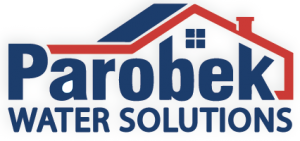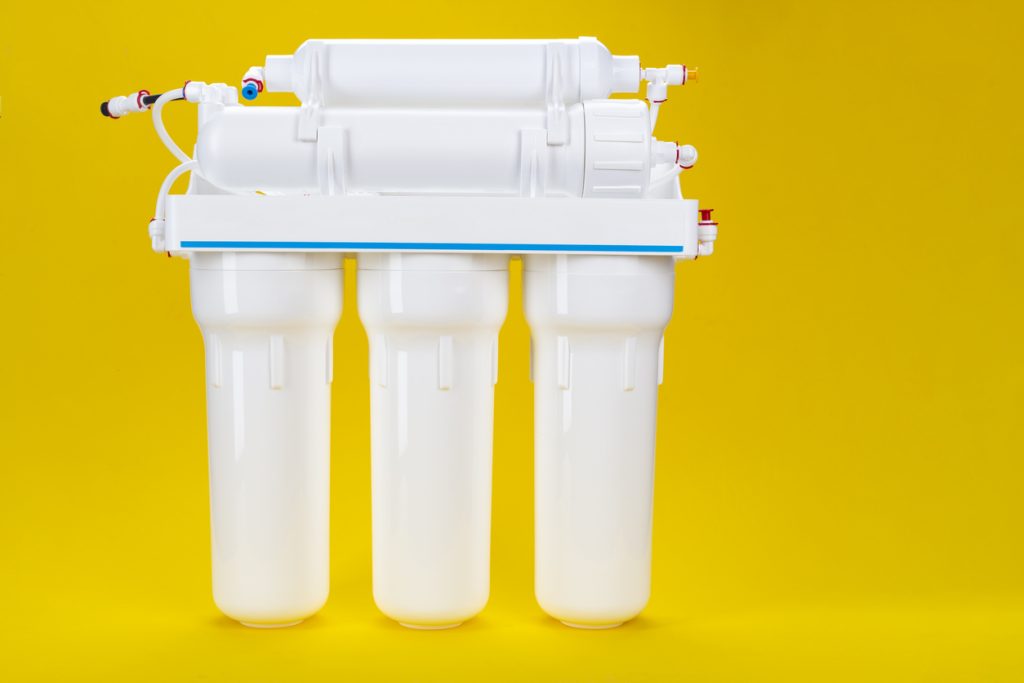If you currently buy water for drinking and cooking because your tap water smells or tastes off, you’re probably spending a great deal of time, money, and energy on your water. It’s important to remember that water weights eight pounds per gallon, which raises the transportation cost. Putting in a reverse osmosis system under your kitchen sink can save you time and money, quickly paying for itself if properly maintained.
1. Clear Your System for Best Results
A quality reverse osmosis system can filter your drinking water up to five times before it gets into your tap. When you buy your system, it’s a good idea to invest in extra filters for each of these steps.
Set up calendar reminders on the first and the fifteenth of the month to completely drain your reverse osmosis system. This fresh water can be chilled for drinking, saved for cooking, or given to your plants.
Draining your system every two weeks protects the reverse osmosis membrane, which is key to purifying your drinking water. A simple schedule of reminders, updated each time you change out filters, will reduce the risk of contaminants getting through your filtration system. Your installer can help you stay on top of keeping your drinking water system pristine.
2. Reduce Exposure to Risks
The sediment filter protects your reverse osmosis system from dirt. Small particles of grit in the water can settle and clog up your system. They can also score and damage other filters later.
To make sure that your reverse osmosis system is fully protected, get in the habit of changing out the sediment filter every six months.
Your carbon pre-filter will also need to be changed at least yearly and perhaps sooner. If the water in your area is highly chlorinated, your carbon pre-filter will remove this hazardous chemical. Your water will taste and smell better immediately.
3. Protect Your Reverse Osmosis Membrane
Well water is often contaminated with trace minerals. If your water is not softened, you will need to replace your reverse osmosis membrane at least every four years and perhaps sooner. Softened water contains salts, but salt is not destructive to a reverse osmosis membrane. Minerals found in hard water can damage your reverse osmosis membrane.
Make sure you also add a water shutoff to the line leading into your reverse osmosis system. Before you change a filter, you’ll need to turn off this water. Once you’ve changed a filter or replaced your membrane, you’ll need to monitor the system once you turn the water back on. Having a shutoff right beside the system will save mess and worry.
Contact the experts at Parobek Water Solutions for safe, pure drinking water with a reverse osmosis system in your Austin, TX home.

